If you have been following banking, investing, or cryptocurrency over the last ten years, you may be familiar with “blockchain,” the record-keeping technology behind bitcoin. And there’s a good chance that it only makes so much sense. In trying to learn more about blockchain, you've probably encountered a definition like this: “blockchain is a distributed, decentralized, public ledger."
The good news is, blockchain is actually easier to understand than that definition sounds.
What is Blockchain?
If this technology is so complex, why call it “blockchain?” At its most basic level, blockchain is literally just a chain of blocks, but not in the traditional sense of those words. When we say the words “block” and “chain” in this context, we are actually talking about digital information (the “block”) stored in a public database (the “chain”). Blocks store information about transactions like the date, time, and dollar amount of your most recent purchase from any e-tailer site.
For a blockchain to work 4 things are necessary:
- A transaction must occur.
- The transaction must be verified.
- The transaction must be stored in a block.
- The block must be given a hash.
Moving on the leading blockchain cryptocurrency - Ethereum:
Launched in 2015, Ethereum is the world’s leading programmable blockchain.
Like other blockchains, Ethereum has a native cryptocurrency called Ether (ETH). ETH is digital money. If you’ve heard of Bitcoin, ETH has many of the same features.
It is purely digital and can be sent to anyone anywhere in the world instantly. The supply of ETH isn’t controlled by any government or company - it is decentralized, and it is scarce. People all over the world use ETH to make payments, as a store of value, or as collateral.
But unlike other blockchains, Ethereum can do much more. Ethereum is programmable, which means that developers can use it to build new kinds of applications.
These decentralized applications (or “dapps”) gain the benefits of cryptocurrency and blockchain technology. They can be trustworthy, meaning that once they are “uploaded” to Ethereum, they will always run as programmed. They can control digital assets in order to create new kinds of financial applications. They can be decentralized, meaning that no single entity or person controls them.
Right now, thousands of developers all over the world are building applications on Ethereum, and inventing new kinds of applications, many of which you can use today:
- Cryptocurrency wallets that let you make cheap, instant payments with ETH or other assets
- Financial applications that let you borrow, lend, or invest your digital assets
- Decentralized markets, that let you trade digital assets, or even trade “predictions” about events in the real world
- Games where you own in-game assets, and can even make real money - & much more.
The Ethereum community is the largest and most active blockchain community in the world. It includes core protocol developers, crypto-economic researchers, cypherpunks, mining organizations, ETH holders, app developers, ordinary users, anarchists, fortune 500 companies, and, as of now, you.
There is no company or centralized organization that controls Ethereum.
Ethereum is maintained and improved over time by a diverse global community of contributors who work on everything from the core protocol to consumer applications.
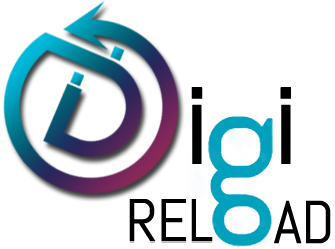





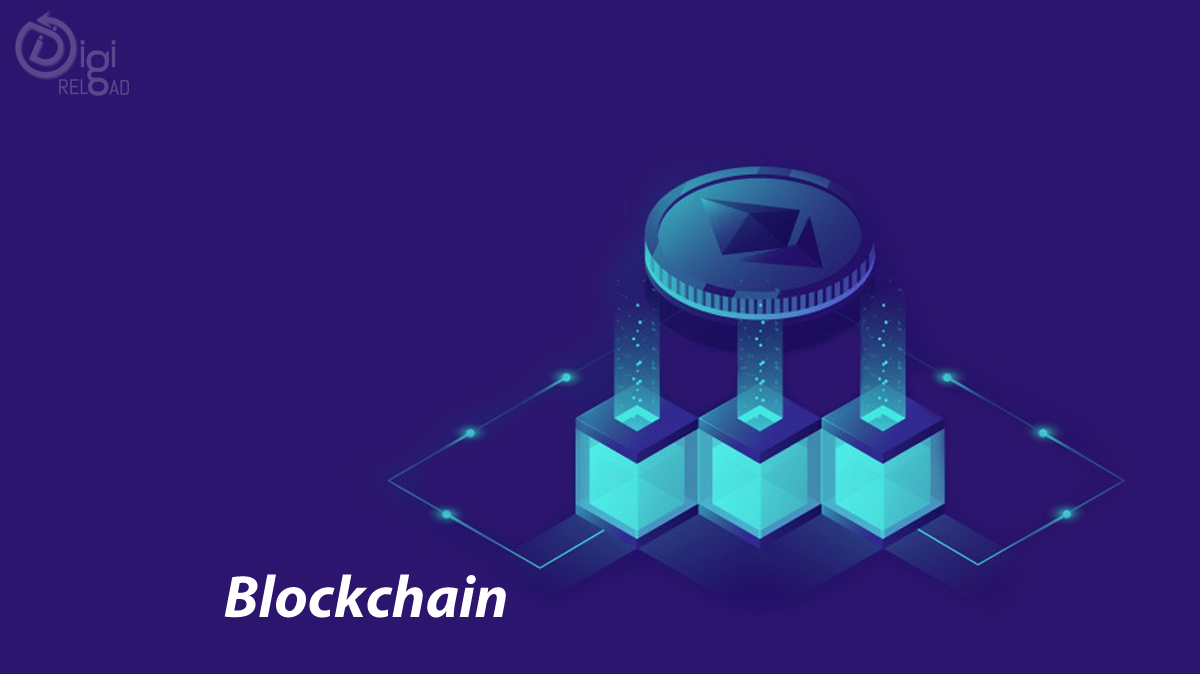
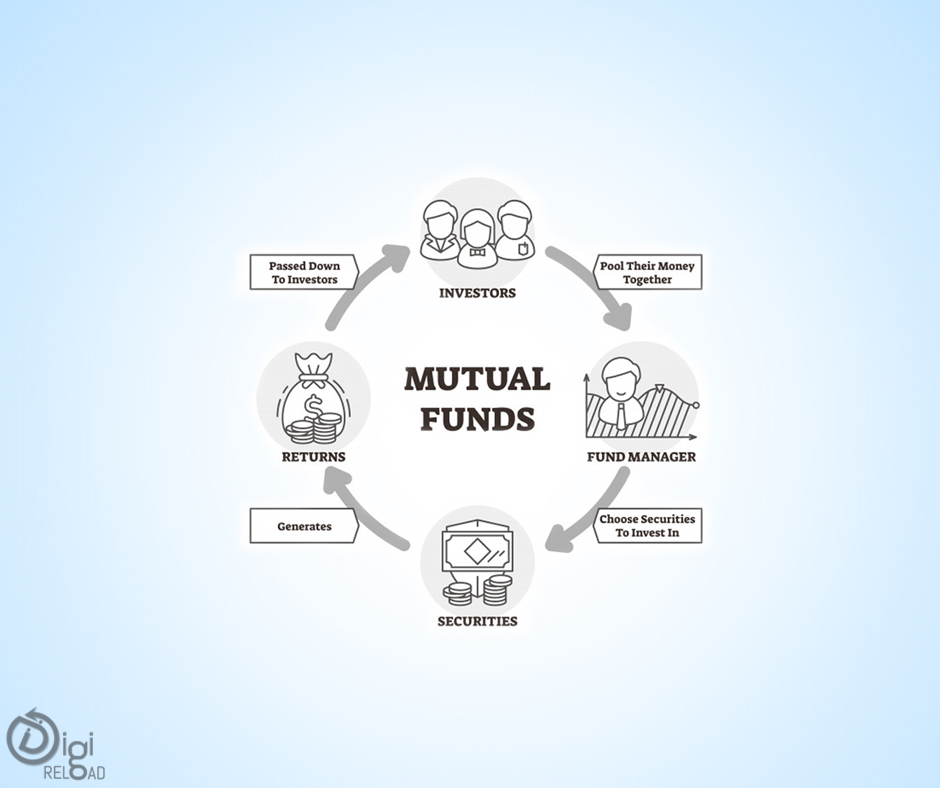
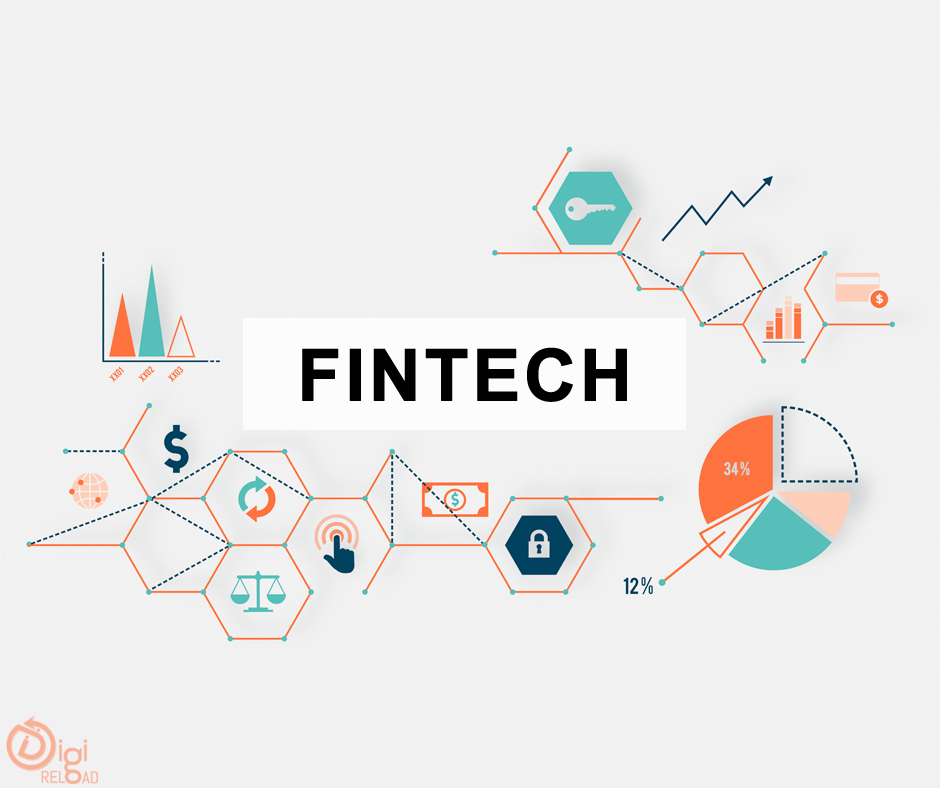
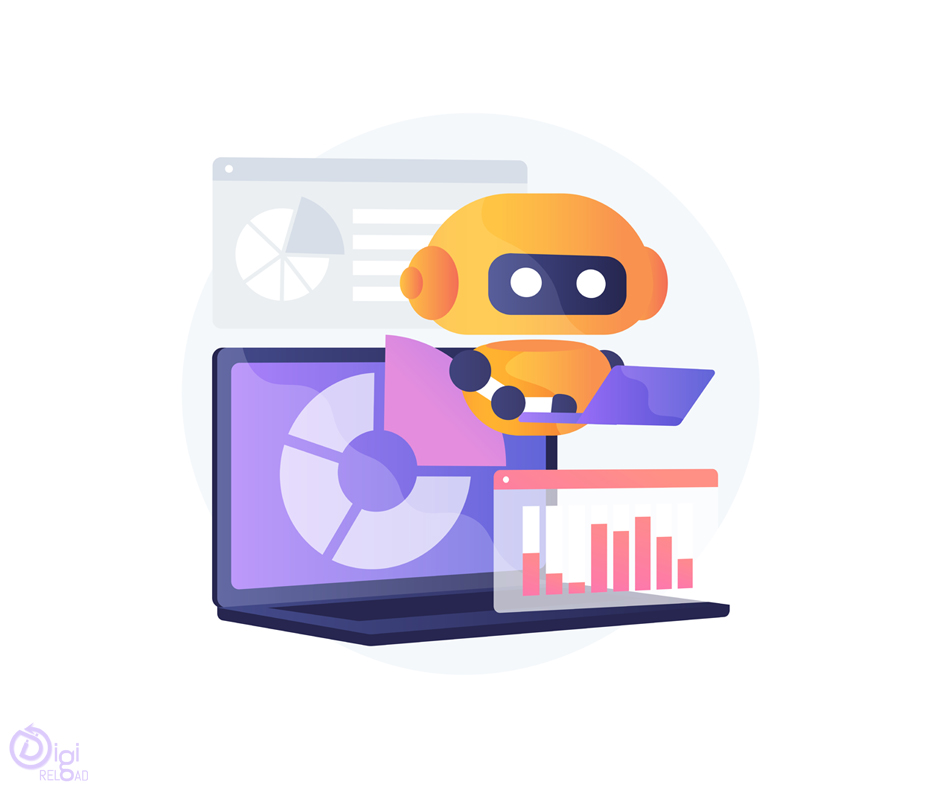

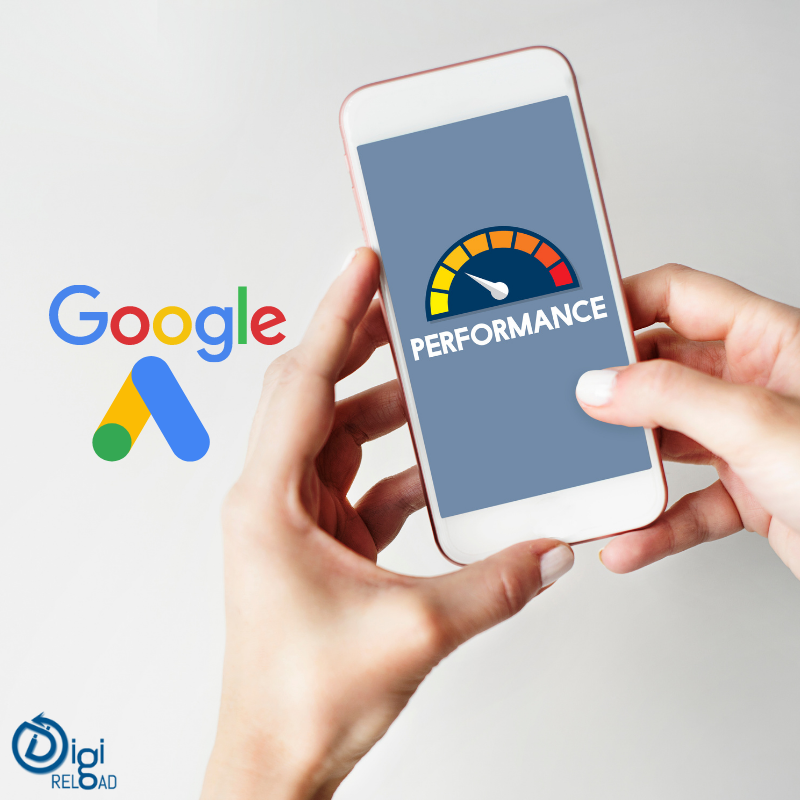


.png)